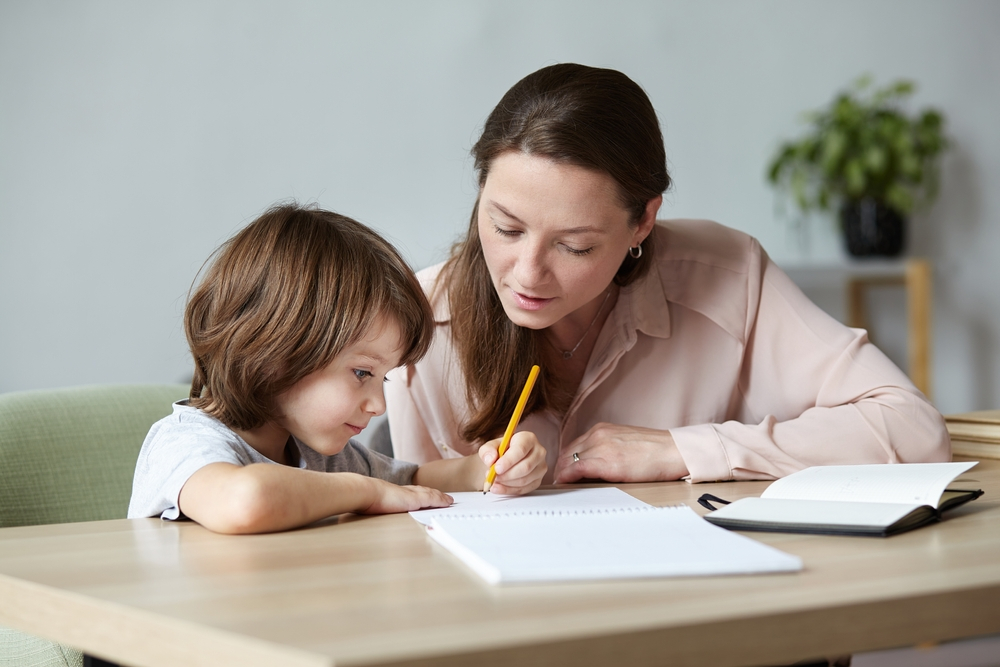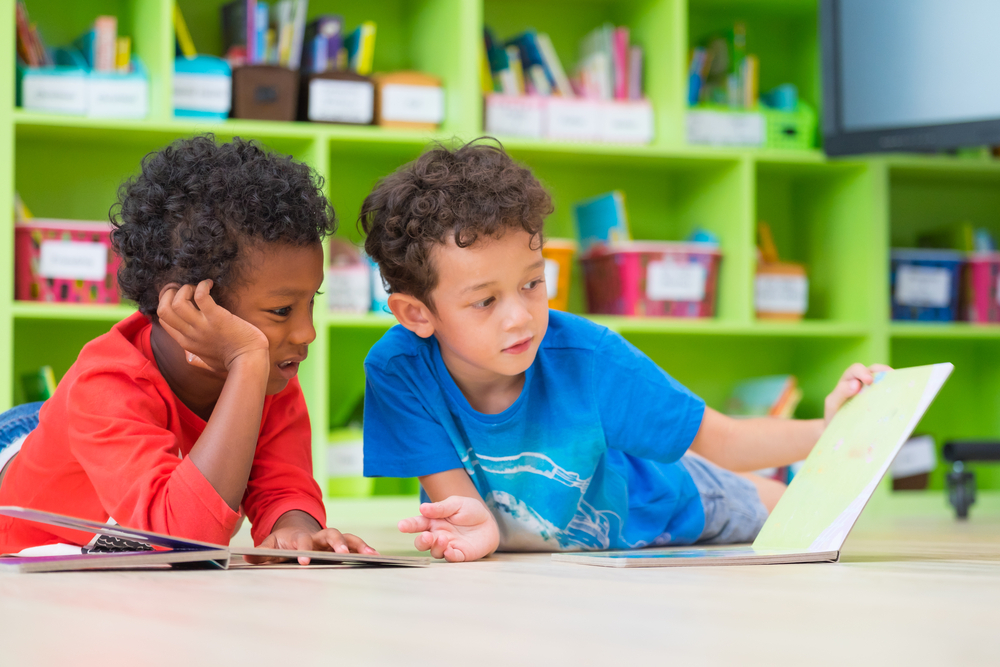Kindergarten Sight Words: Your Child’s First Steps to Literacy Mastery
The acquisition of sight words in early education, particularly during the kindergarten phase, plays a pivotal role in the development of literacy skills. Sight words are commonly used words that young readers learn to recognize instantly, without needing to decode them phonetically. Mastering this list of words sets the foundation for fluent reading and comprehension, … Read more

 Español
Español




